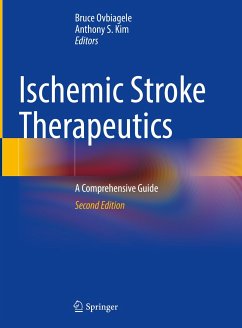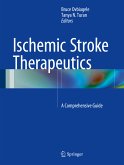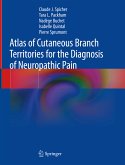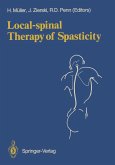Chapters are authored by leading academicians from around the world with real-world clinical practice experience, and comprise the scientific rationale and expert consensus recommendations, which underlie prevailing (and possibly future) therapeutic strategies for managing ischemic cerebrovascular disease. New chapter topics include neuroprotectants, treatment of the oldest old, brain-computer interfaces, disparities, and the global burden.
The specialist or general practitioner will gain critical knowledge in stroke management, current clinical challenges and promising new therapies under investigation.
Dieser Download kann aus rechtlichen Gründen nur mit Rechnungsadresse in A, B, BG, CY, CZ, D, DK, EW, E, FIN, F, GR, HR, H, IRL, I, LT, L, LR, M, NL, PL, P, R, S, SLO, SK ausgeliefert werden.









